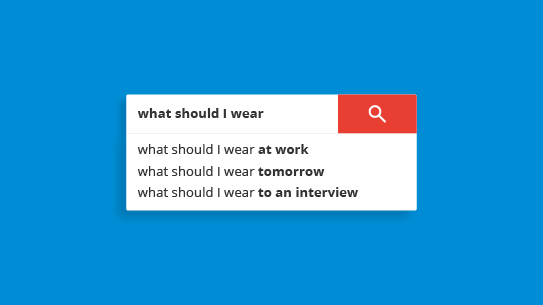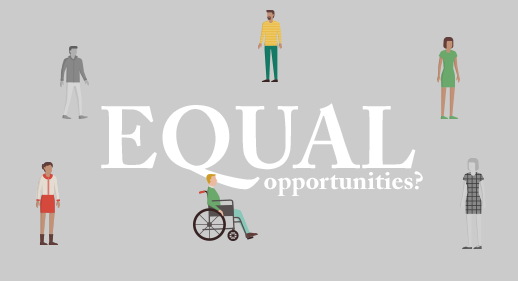Inside HR | Stories and insights
All articles

Why even ‘casual’ companies should have dress codes
Companies should have dress codes to define what professionalism looks like in their workplace. Dress codes can clarify roles, c...

Social media recruiting: trends and features to watch
Social recruitment can evolve as quickly as social media features do, leaving recruiters feeling overwhelmed. Here’s a rou...

How to improve your employer brand
Employer branding is important. Companies with strong brands (a good reputation among employees) attract high-quality candidates...

How to attract candidates by improving your careers page
Your careers page is your personal pitch to candidates. It’s a place to show job seekers why your company is attractive, and mak...

The problem with employee wellness programs
Employee wellness programs are morally questionable and misguided. Companies usually turn to them to reduce health costs, but th...

The most popular company policies
Most employee handbooks include policies like anti-discrimination, confidentiality, code of conduct and attendance. Though those...

The dishonest myth of work-life balance
There are some truly bad ideas that are nonetheless born survivors. The notion of “work-life balance,” popularized in the 1980s,...

Why EEO statements fall short
An Equal Opportunity Employer (EEO) statement reflects a company's commitment to diversity and equal opportunity. However, it's ...

Employee monitoring: to track or not to track?
As anyone who has ever worked in the corporate world knows, it’s easy to clock up a 9-5 day and get absolutely nothing done. Bef...

Perfecting your recruiting pitch
Perfecting a recruiting pitch involves understanding your candidate's needs and interests, and conveying what your company can o...

How to foster workplace diversity
Fostering workplace diversity involves creating an environment where all employees feel valued and can thrive. This can be achie...

The problem with hiring for ‘culture fit’
Culture fit is trending again—but not in a good way. In the 70s, organizational psychologist John Morse conducted an experiment ...




